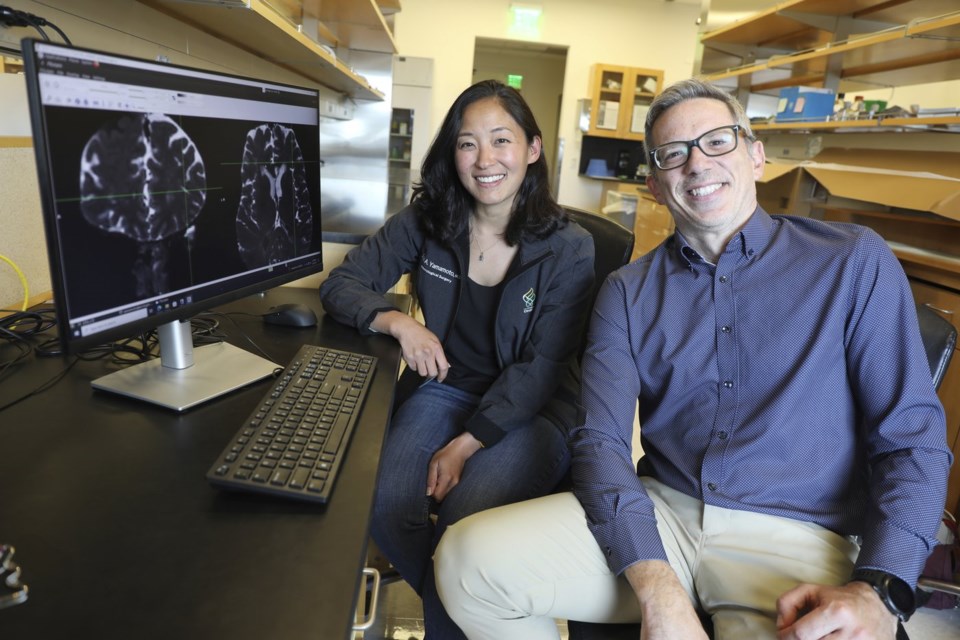WASHINGTON (AP) — A unique peek inside the human brain may help explain how it clears away waste like the kind that can build up and lead to Alzheimer’s disease.
Brain cells use a lot of nutrients which means they make a lot of waste. Scientists have long thought the brain has special plumbing to flush out cellular trash, especially during sleep – they could . But there was only circumstantial evidence of a similar system in people.
Now researchers have finally spotted that network of tiny waste-clearing channels in the brains of living people, thanks to a special kind of imaging.
“I was skeptical,” said Dr. Juan Piantino of Oregon Health & Science University, whose team reported the findings Monday. “We needed this piece to say this happens in humans, too.”
The study was published in the journal Proceedings of the National Academy of Sciences.
The brain is remarkably active during sleep. One reason seems to be that's the time it does a deep clean. And that's gotten attention because while muddles people’s thinking, chronic sleep deprivation also is considered a
So how does the brain cleanse itself?
Over a decade ago, scientists at the University of Rochester first reported finding a network they dubbed the “glymphatic system." Cerebrospinal fluid uses channels surrounding blood vessels to get deep into tissue and move waste until it exits the brain. When mice were injected with a chief Alzheimer’s culprit named beta-amyloid, it cleared away faster when the animals were sleeping.
It’s not clear exactly how that network works although some research has shown the pulsing of the blood vessels helps move the waste-clearing fluid where it needs go.
But it’s been hard to find that system in people. Regular MRI scans can spot some of those fluid-filled channels but don't show their function, Piantino said.
So his team in Oregon injected a tracer into five patients who were undergoing brain surgery and needed a more advanced form of MRI. The tracer “lit up” under those scans and sure enough, 24 to 48 hours later, it wasn’t moving randomly through the brain but via those channels just like prior research had found in mice.
It’s a small but potentially important study that Rochester’s Dr. Maiken Nedergaard predicted will increase interest in how brain waste clearance connects to people’s health.
But to test if better sleep or other treatments might really spur waste clearance and improve health, “I have to be able to measure glymphatic function in people,” added Dr. Jeff Iliff of the University of Washington, who helped pioneer waste-clearance research. The question is whether the new study might point to ways of measuring.
Sleep isn’t the only question. For example, animal studies show an old blood pressure drug now used to treat PTSD may improve glymphatic function, and Iliff and colleague Dr. Elaine Peskind are about to study it in certain patients.
Additional larger studies in healthy people are needed and Piantino, whose lab focuses on sleep health, wants to find an easier, more noninvasive test.
“We cannot study all these questions by injecting people,” he said.
-___
The Associated Press Health and Science Department receives support from the Howard Hughes Medical Institute’s Science and Educational Media Group. The AP is solely responsible for all content.
Lauran Neergaard, The Associated Press




